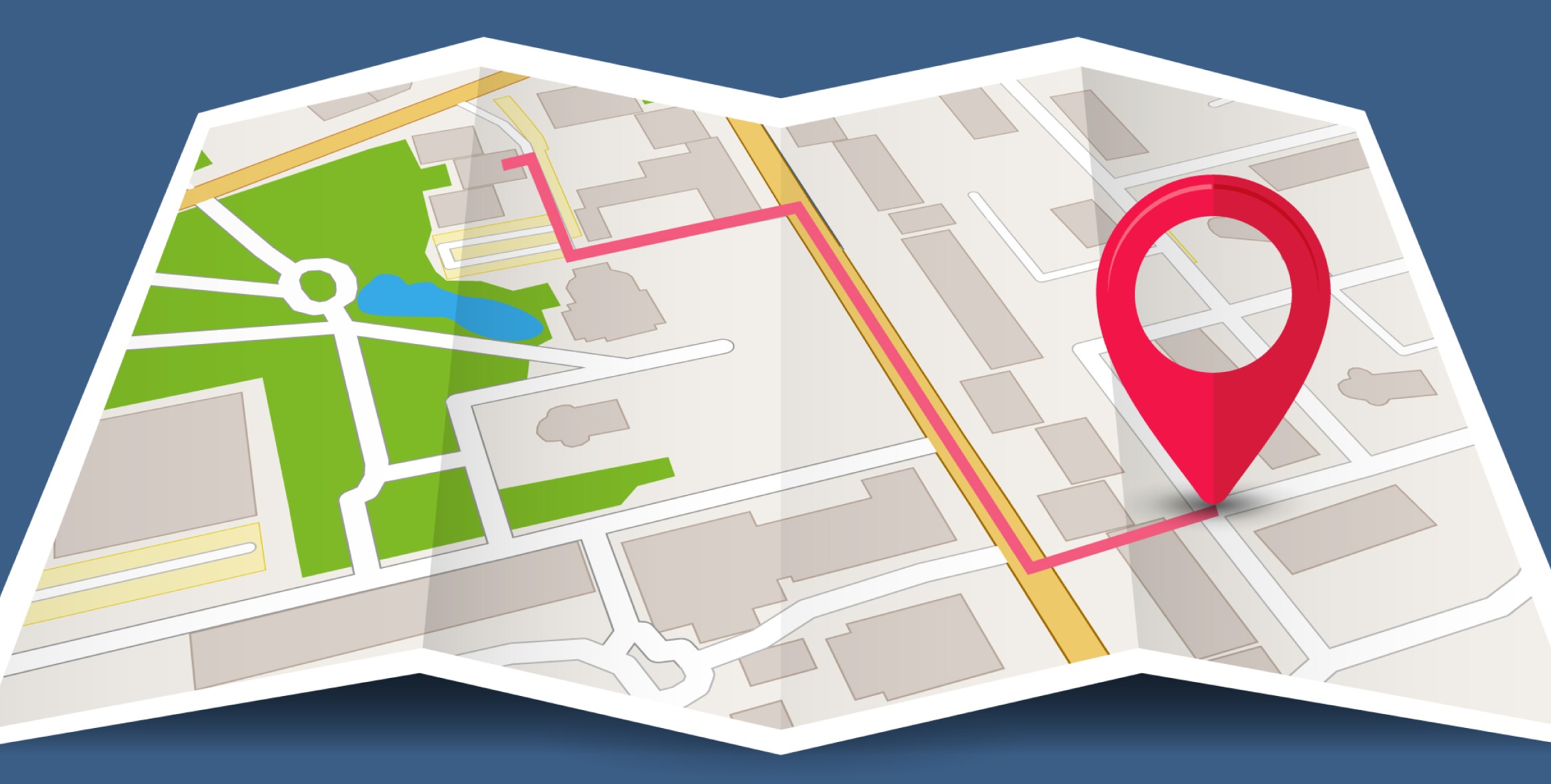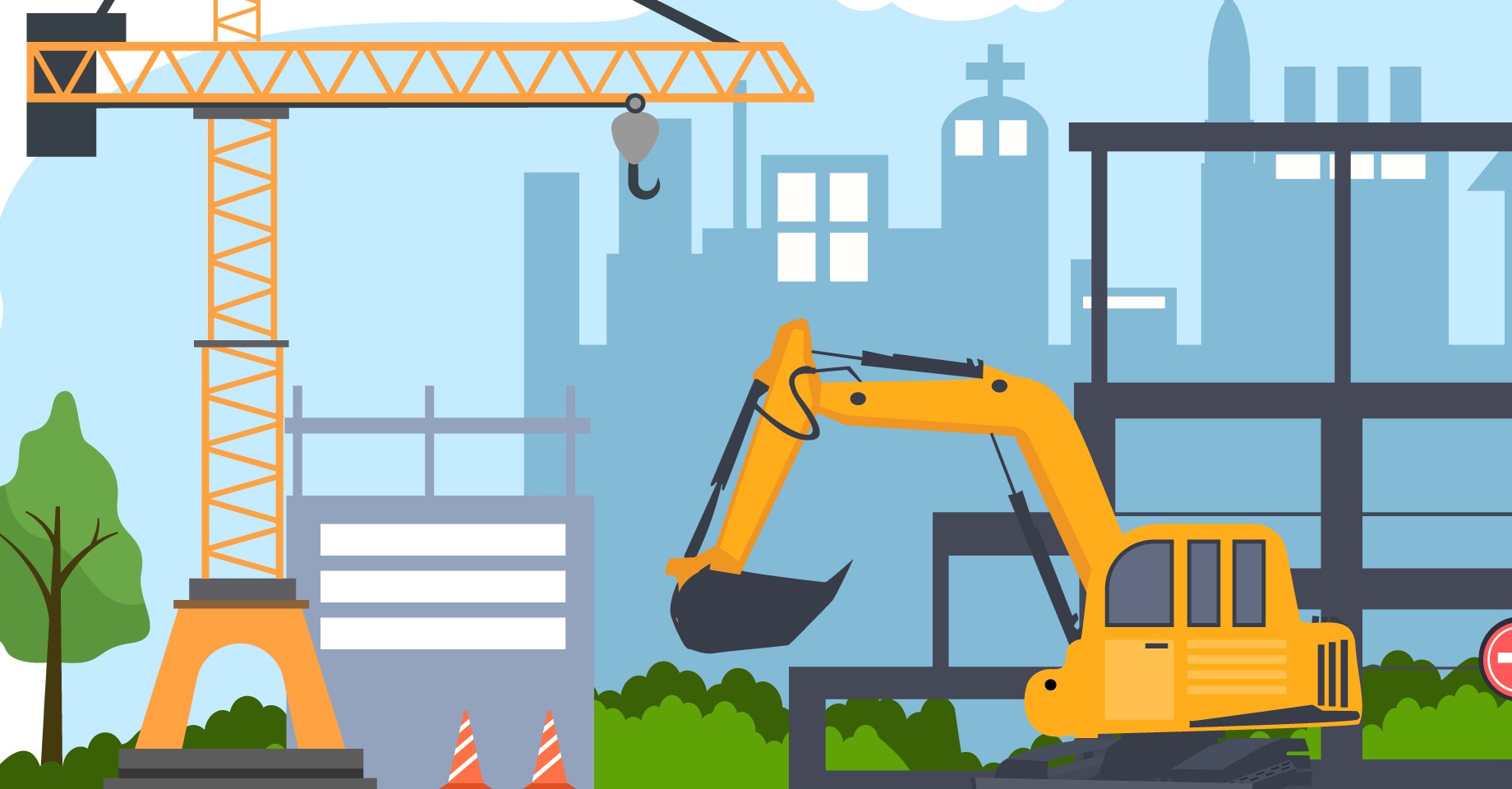-

Will the “Envy Office” Help Revive the Office Building Market?
Since the COVID-19 pandemic ushered in the era of remote work, companies and businesses have been looking for unique ways to draw workers back to the office. The “envy office” – or office buildings with aesthetically pleasing and Instagrammable lobbies, conference rooms, or shared spaces – are the latest attempt to get remote workers returning…
-

How CRE Developers Can Accurately Predict Demographic Trends
Real estate development projects are driven by demographics. Where people live, travel and spend time, along with annual income, education, household formation and age, are all details that inform and shape a city’s construction pipeline. Often, developers need evidence of specific demographic criteria to merit a development thesis before land acquisition or ground breaking, and…
-

How A Real Estate Asset Valuation Reset Will Impact CRE Developers
A wide bid-ask spread has characterized the commercial real estate investment market this year. Due to the rampant rise in interest rates over the last 18 months, buyers and sellers cannot seem to get on the same page about asset values. Buyers expect—as is standard during an elevated interest rate environment—lower asset prices to offset…
-

Top 10 Predictions for Commercial Real Estate in 2024
The past couple of years have brought about unprecedented conditions in commercial real estate, and it may feel difficult to predict what’s coming next in the market. Economic conditions may be less certain than ever before, but tracking trends and opportunities is still a valuable practice for your firm moving into 2024 and beyond. As…
-

Everything Developers Need to Know About the Future of Shared Workspace
Despite the public struggles and subsequent bankruptcy of WeWork, the future of shared workspace has continued to evolve. WeWork, which once represented the vision of co-working offices that bring together freelancers, remote workers, and small office communities, has faced challenges from both internal disorganization and the rise of remote work amid the COVID-19 pandemic. However,…
-

What a ‘Twilight Zone’ Recession Means for CRE Developers
Economists are predicting a potential “Twilight Zone recession” could occur in the next year, an odd scenario where overall growth and output decrease but employment remains stable. Recession conditions, even if unusual, will impact your commercial real estate development operations. By understanding the factors contributing to the current economic moment, and leveraging several key strategies…
-

Key Migration Trends Every Commercial Real Estate Developer Should Know
In March 2020, The New York Times published “The Great Empty,” a photo series of desolate plazas, subway stations, city streets and concert halls. Las Ramblas in Barcelona, Santa Monica Beach in Los Angeles, The Spanish Steps in Rome, Times Square in New York, Place de la Concorde in Paris and the Red Fort Fair…
-

The State of Tenant Improvement Projects
Over the last few years, tenant improvement projects have been on the rise as hybrid and remote work trends persist and owners face increased competition for office tenants. Landlords, in an effort to attract tenants and secure long lease terms, have started offering allowances, among other concessions, like free rent. Office leasing trends, which have…
-

Construction Management Fees Rise Across Asset Classes
Construction costs are a staple pain point for commercial real estate developers. After all, they account for the majority of the cost associated with building a new property, and can be difficult to estimate. This has been particularly true in the last couple of years. Total construction costs have increased more than 40% since the…